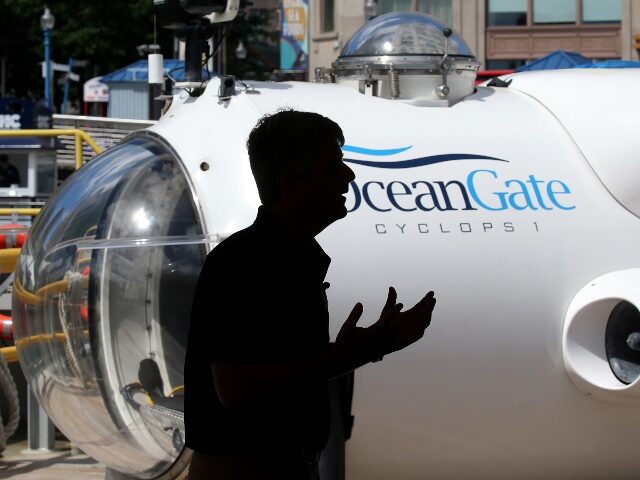Stockton Rush revealed in a conversation over cigars with Travel Weekly editor-in-chief Arnie Weissmann that he bought expired carbon fiber graded for airplanes at a discount for the Titan submersible that met a tragic end with five people on board.
“I responded right away, saying, ‘Don’t you have any concerns about that?’” Weissmann told the Washington Post. “He was very dismissive and said: ‘No, it’s perfectly fine. Having all these certifications for airplanes is one thing, but the carbon fiber was perfectly sound.’”
Rush invited Weissmann to take part in the dive, but due to his schedule, Weissmann had to back out, the Post reported.
Rush claimed to have collaborated with Boeing on the submarine’s design, but Boeing released a statement saying they had never collaborated with Rush or OceanGate. The company also stated they had no record of selling carbon fiber to OceanGate.
Years before the doomed Titanic submarine dive, experts raised concerns regarding the structural integrity of the sub’s design and the use of carbon fiber.
Rush admitted that he “broke some rules” by using carbon fiber—which isn’t as safe as titanium or steel for deep sea dives—for the purpose of elongating the cylinder-shaped cabin. However, this design choice caused increased “pressure loads in the midsections, which increases fatigue and delamination loads,” Jasper Graham-Jones, an associate professor of mechanical and marine engineering at the University of Plymouth in the United Kingdom told PBS.
CEO Stockton Rush: "I have broken some rules to make this. (…) The carbon fibre and titanium there is a rule that you don’t do that. Well, I did.“#Titanic #OceanGate #Titan pic.twitter.com/XuUAMuCJ2v
— stonking.com (@stonking) June 22, 2023
Graham-Jones explained further:
Fatigue, he said, is like bending a wire back and forth until it breaks. Delamination, he said, is like splitting wood down the grain, which is easier than chopping across the grain.
Furthermore, the Titan’s 5-inch thick (12.7 centimeters) hull had been subjected to repeated stress over the course of about two dozen previous dives, Graham-Jones said.
Each trip would put tiny cracks in the structure. “This might be small and undetectable to start but would soon become critical and produce rapid and uncontrollable growth,” he said.
Experts believe the implosion killing all five passengers was caused by water seeping in through where the carbon fiber and titanium met, Futurism reported.
“At that depth, you could have a leak that’s not much bigger than a diameter of one of your hairs and you would be dead within a fraction of a second,” Captain Alfred Scott McLaren, a nuclear attack submarine commander, said. “They really wouldn’t have even known they would have died. They would have been dead before they knew it.”

COMMENTS
Please let us know if you're having issues with commenting.